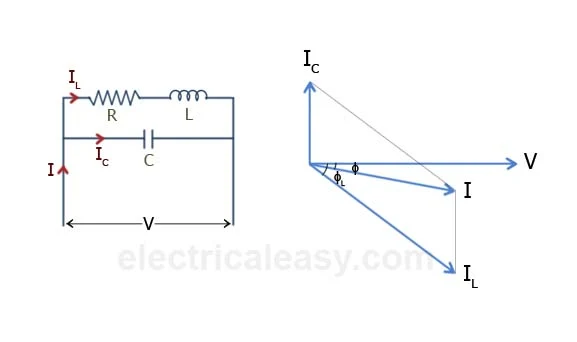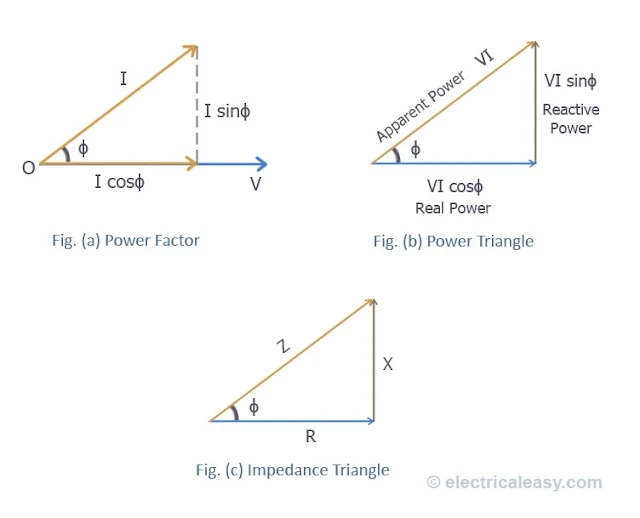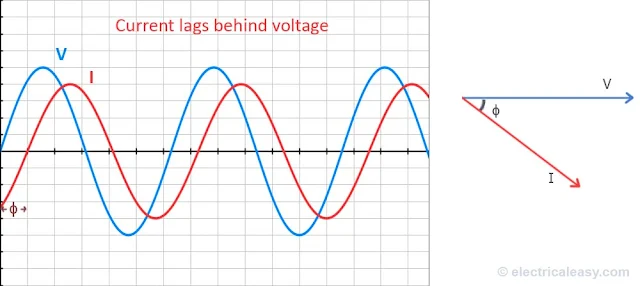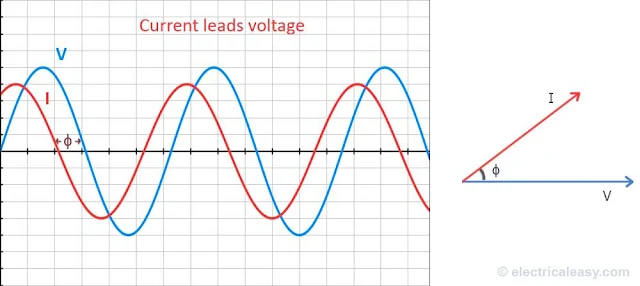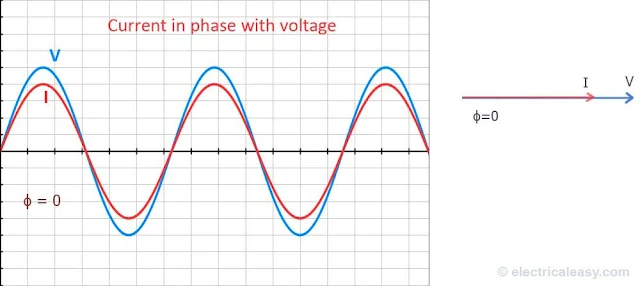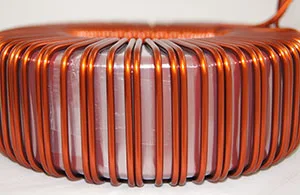When ensuring complete safety in the home and in the workplace, it is important that you make sure you have the right tools for the job. While larger defects can only be effectively repaired by professional contractors, having first class equipment that is designed to register and alert the property owner to any irregularities or deformities is extremely useful, as it allows homeowners to act quickly if anything occurs.
With electrical equipment, gas, water and other such features of a modern home, if something goes wrong, the repair process can often be time consuming and expensive. By putting in place certain safety measures, you are able to receive early warnings of an electrical or heating failure, which you can then take into account and make the necessary repairs. A pressure transducer is one such piece of equipment.
At the end of the day, it is important to know how crucial pressure transducers are to certain pieces of equipment, but a lack of knowledge in this area is not necessarily dangerous. By asking a professional for advice and assistance in choosing a good pressure transducer, or by asking for advice on the maintenance and repair of certain appliances, you can make sure that you make the best purchase for your home or office environment. There are those who are specifically qualified to perform the installation for you, so it may be a good idea to look into these options if you think it necessary.
Article provided by App Eng, an application engineering company based in South East England for over 30 years.
With electrical equipment, gas, water and other such features of a modern home, if something goes wrong, the repair process can often be time consuming and expensive. By putting in place certain safety measures, you are able to receive early warnings of an electrical or heating failure, which you can then take into account and make the necessary repairs. A pressure transducer is one such piece of equipment.
What are pressure transducers?
In short, pressure transducers are designed to convert pressure of all types into analog, electrical signals so that they can be easily measured and monitored. They come in a variety of different styles and sizes with different purposes depending on the type of transducer. They are often rather simple in appearance, with a tube-like or circular stainless body with a wire or cable on one side and a pipe connector on the other.Uses of pressure transducers
Pressure transducers are used for things such as the monitoring of air quality in a certain space, environmental enclosures, dust collecting systems, leak detection and much more. They can be used anywhere where important gauge pressure measurements are required. When choosing the best transducer for your purposes, it is essential that you determine the situation where the transducer is going to be used and ask for professional advice on choosing the ideal transducer. Some transducers, or sensors, are better acquainted with working in extreme environments, whereas others are not suitable for such measures. It is important to know the difference between each type of transducer.The Importance of ensuring a working Pressure Transducer is installed
If a pressure transducer is not working properly, it will not be able to make accurate measurements and that is where things can start to go wrong. For example if your pressure transducer is designed to measure the gas and oil pressure of a product, and it is faulty or not installed properly, you have no way of knowing whether or not the product is also faulty or whether it is working fine. For some appliances, this can be dangerous, as they could be leaking gas or oil and you have no way of knowing. In these instances, a first class pressure transducer is essential.Different Types of Transducer
Some pressure transducer are more equipped to work at high temperature or in extreme conditions, in order to provide an accurate measurement in otherwise unsafe environments. There are a wide range of different transducers that are all suited to the specific appliance, so when you’re looking at buying a transducer, make sure the one you select is suitable for the product you’re using it with.At the end of the day, it is important to know how crucial pressure transducers are to certain pieces of equipment, but a lack of knowledge in this area is not necessarily dangerous. By asking a professional for advice and assistance in choosing a good pressure transducer, or by asking for advice on the maintenance and repair of certain appliances, you can make sure that you make the best purchase for your home or office environment. There are those who are specifically qualified to perform the installation for you, so it may be a good idea to look into these options if you think it necessary.
Article provided by App Eng, an application engineering company based in South East England for over 30 years.


